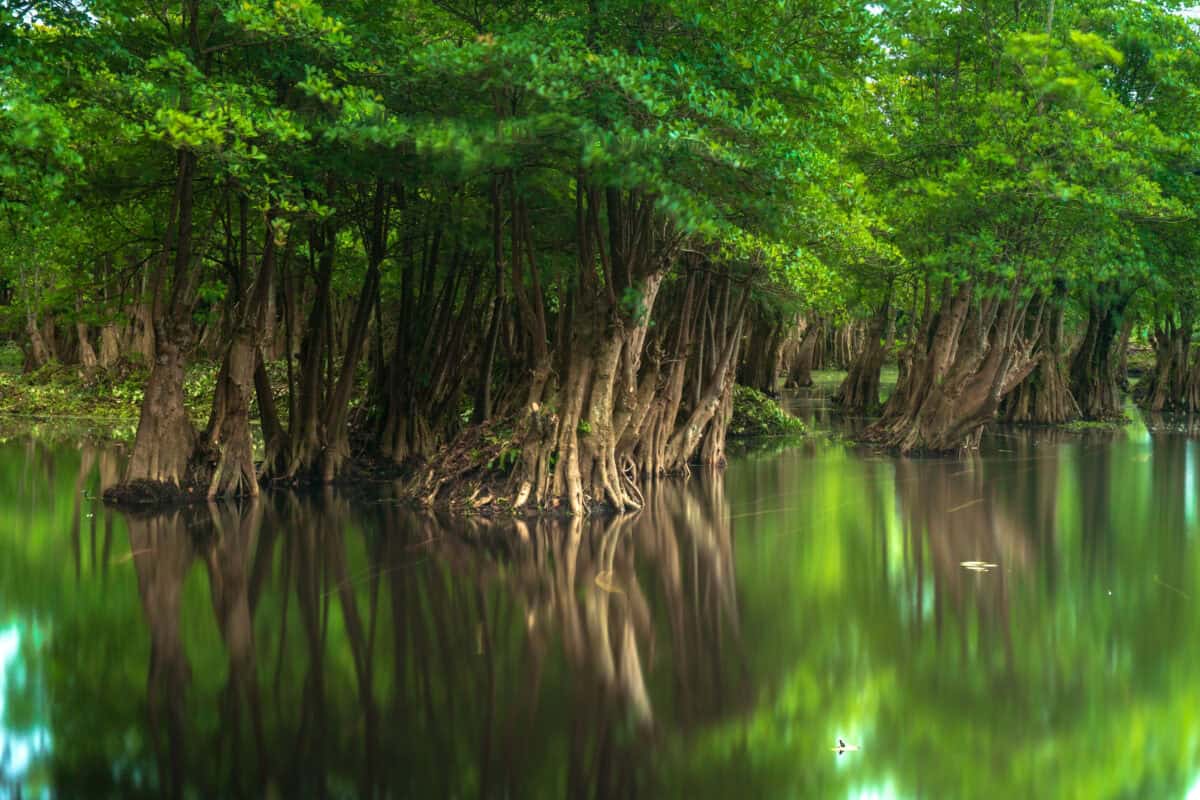In the southwest of Cambodia, along its coastline and parallel to the Koh Kapik Ramsar, lies the Peam Krasaop Wildlife Sanctuary, a 260-sq-km mangrove ecosystem home to an array of species — recent studies has begun unravelling the true list of native animals calling this remarkable terrain home.
A staggering seven hundred animals have recently been spotted for the first time, but remarkably, researchers believe there are many more to find.
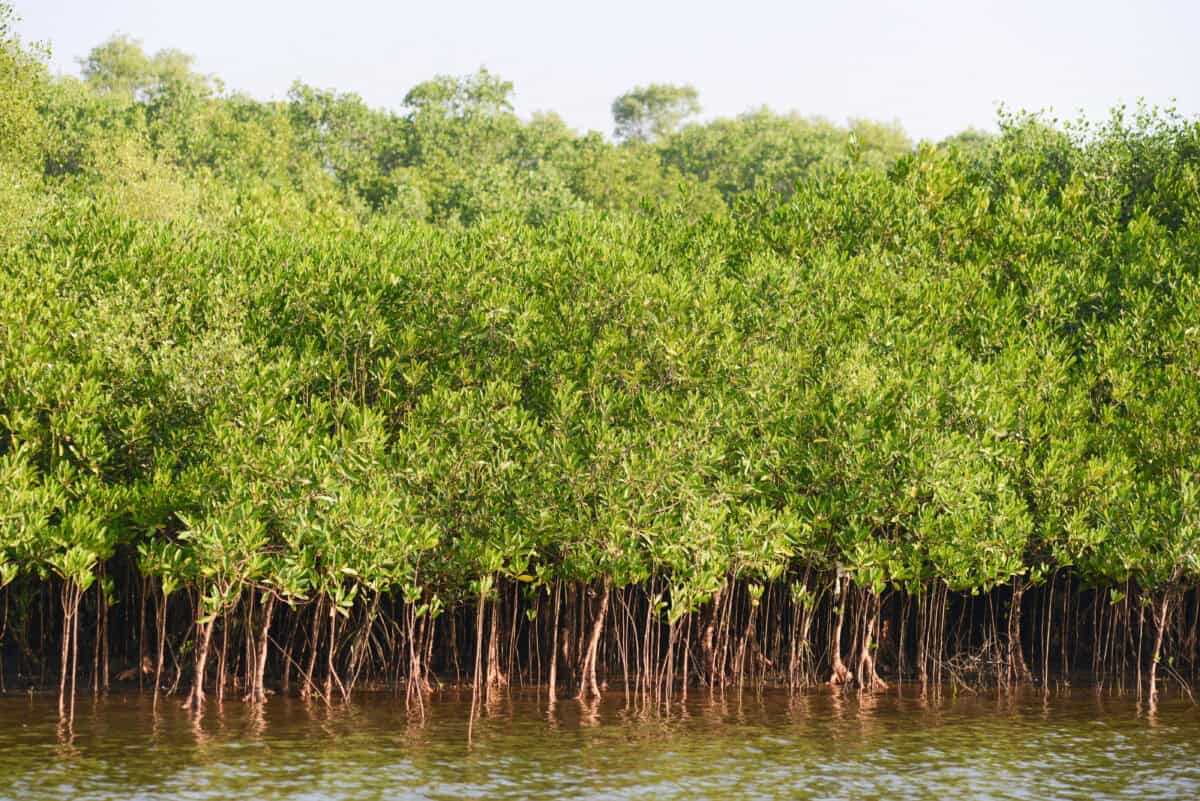
The leader of the survey team, Stefanie Rog, which conservation group Fauna & Flora International funded, said: “We found 700 different species in these mangrove forests, but we suspect we have not even scratched the surface…… if we could look at the area in even greater depth we would find ten times more, I am sure.”
What Animals Did They Discover?
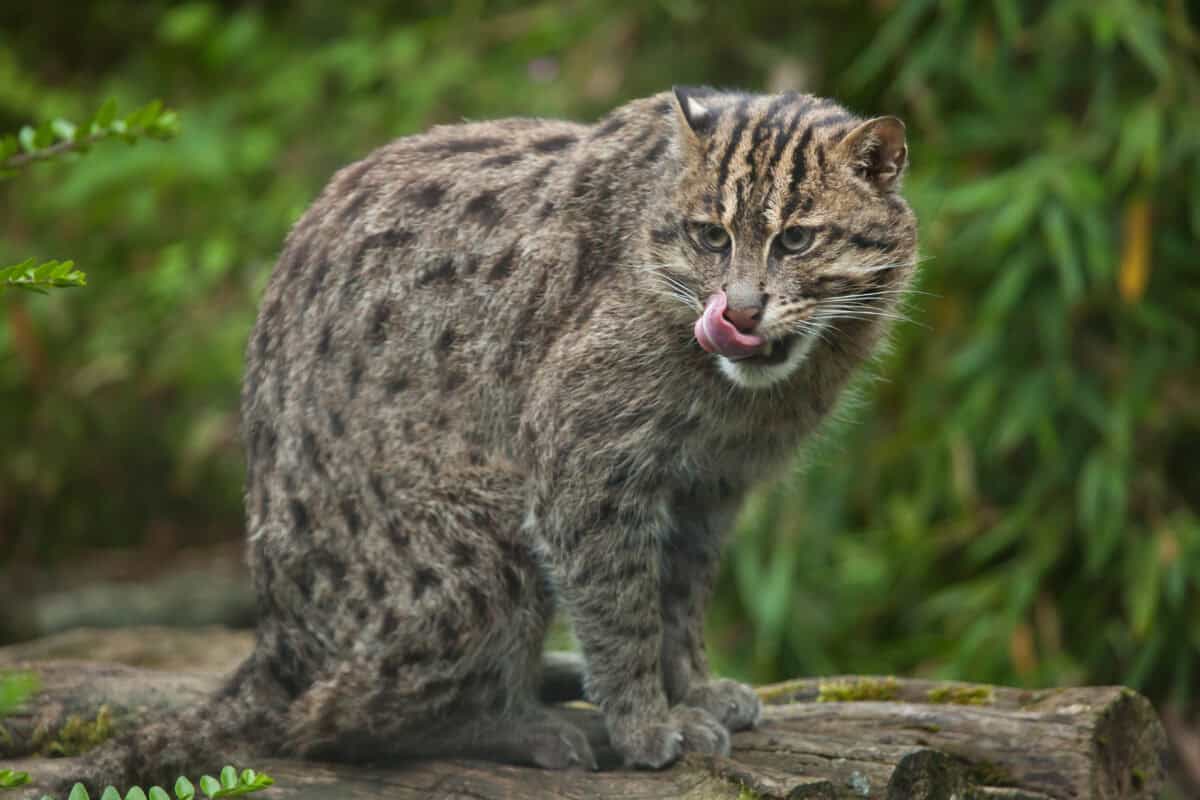
From hairy-nosed otters and fishing cats to long-tailed macaques and a myriad of bat species, the amount of life flourishing within Cambodia is unfathomable to many.
The mangroves, which protect land and inhabitants from the ocean (among other things), provide animals with optimal terrain away from society. Rog later mentioned that “mangroves are places of roots and mud, and they are difficult for humans to get into, which is why they provide precious sanctuaries for these vulnerable animals.”
The Essence of Mangroves
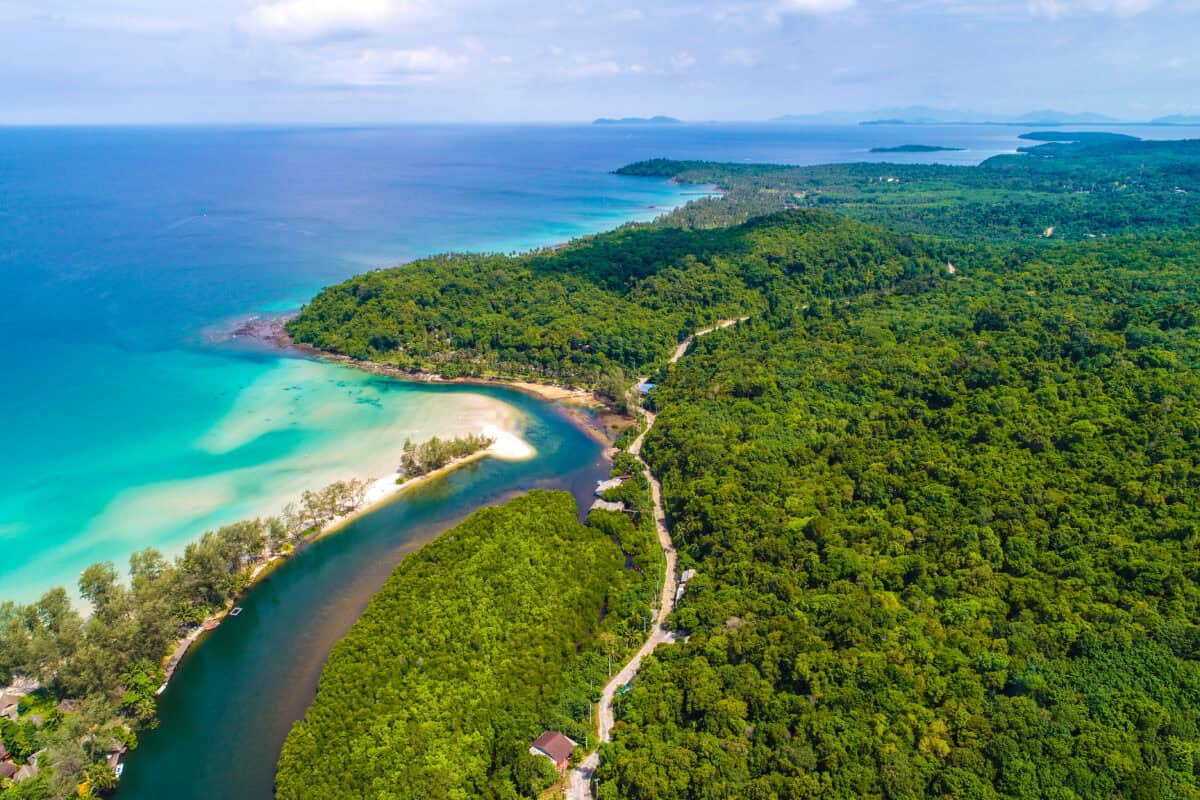
Distinguished by their tangled roots and muddy waters, mangroves are bustling ecosystems found in tropical and subtropical regions around the world, from America to Asia. These unique coastal forests thrive in the intertidal zones, where land meets sea, creating an environment that supports a plethora of life.
As well as being crucial habitats for multiple species of plants and animals, mangroves play essential roles in coastal protection, carbon sequestration, and supporting local economies through fisheries and ecotourism.
A remarkable features of mangrove ecosystems is their ability to withstand harsh conditions, including fluctuating tides, high salinity, and strong winds. How, you ask? Through complex and tough root systems, not only can they ensure a stabilization of coastal sediment, but also they provide refuge for a variety of marine creatures.
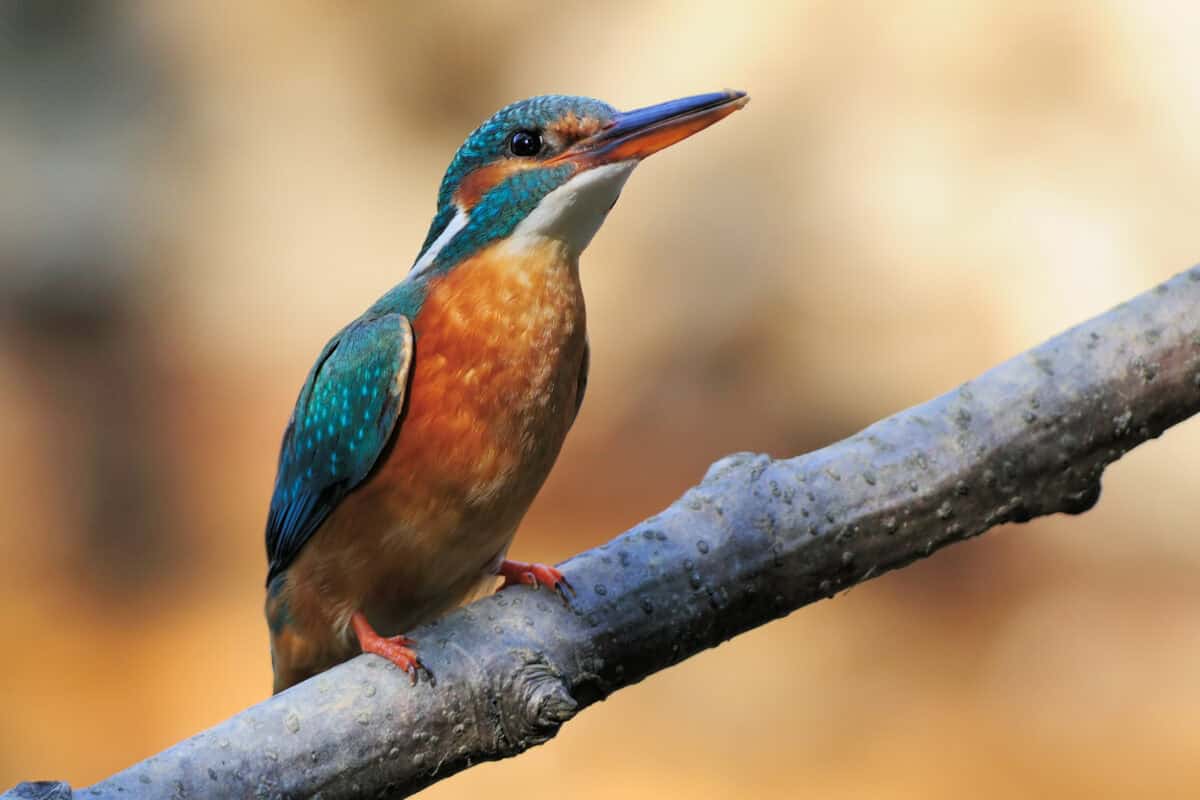
Some of the most popular animals that call mangroves home are mangrove snakes, mudskippers, fiddler crabs, and mangrove monitors. These species have adapted to the challenging conditions of the mangrove environment, developing unique behaviours and physical traits that allow them to thrive.
As Cambodia’s Peam Krasaop Wildlife Sanctuary proves, they are vital breeding grounds for numerous fish species, including snappers, groupers, and mullets. Birds such as herons, egrets, and kingfishers are commonly spotted hunting for fish and crustaceans among the mangrove roots.
Unfortunately, like most of nature, mangroves are under attack from human activities such as coastal development, deforestation, and pollution. For the sake of millions of species, conservation efforts surrounding mangroves must be implemented.
If you enjoyed this, you may like these:
- Sea Turtle Nests Discovered in Cambodia
- Wildlife Conservation Success Stories in North America
- Pablo Escobar’s Hippos: A Conservation Conundrum in Colombia
Join our Forum for free today!

- Elderly Man Kills Grizzly Bear in Montana - July 22, 2024
- Missing Cat Found Weeks Later, 40 Miles Away - July 21, 2024
- The Fastest Animal on Earth: So, How Quick Are Cheetahs? - July 21, 2024

